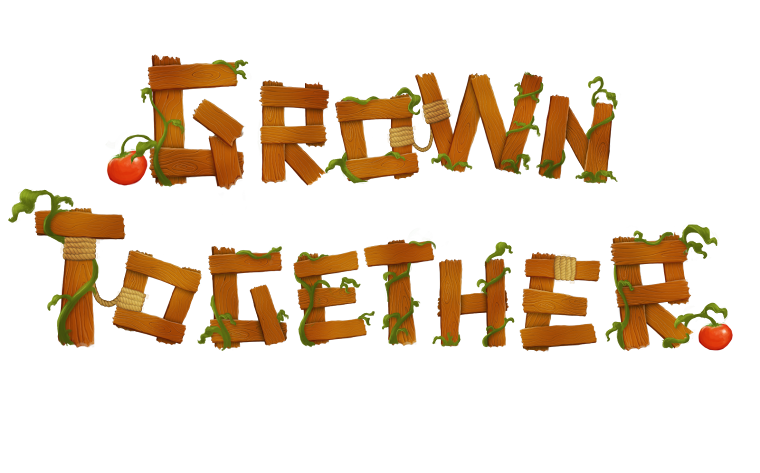Hey everyone!
This time we are happy to discuss a process which took us the longest time and in a way was the most important step in the entire production - the animatic.
Creating the animatic took quite some time, a few months from basic to completion, because we tried to force several different steps on it.
First, let us make a few terms clear:
Storyboard - A series of still images placed in order, which shows the feel of the story, the development of characters and their emotions, and gives us a basic idea to how cameras will be placed and moved. (see this entry for further details)
Animatic - The images from the story board placed on a time line. This step gives us an idea
about timing actions and movement (of characters, camera, shots' duration, etc). It usually comes with dialogues and a soundtrack which further helps timing.
Layout - The illustrated images from the animatic are replaced with 3D environments. characters and props filling the environments are in a basic pose, just indicating position relative to the camera. In this step we make sure the cameras are placed correctly, that the general composition of shots translate well from 2D to 3D and that the characters' movements' timing works well in 3D space.
Posing - Characters are now placed in basic poses indicating their general movement, mental state and acting.
After posing, shots are sent to animators for blocking, breakdown, smoothing and refining the animation, but we'll get to this later on.
Getting lost in the process
After completing the first animatic, we felt the project has reached a halt and felt like we needed to do something to push forward. We've decided to recreate the animatic in 3D, basically turning it into a layout.
After doing so, we felt the animatic was not convincing enough. The character in layout didn't have expressions and felt very stiff in their T-poses (see image), so we've posed the characters and added movement to make up for new shots that were not originally designed in story board. we kept making changes to the animatic and added shots we never planned, posing characters in 3D along the way.
And so it came to be that after a while, our animatic performed the role of storyboard, layout and a draft for posing as well.
Conclusions
This WAS NOT a healthy process. posing characters in front of a camera in 3D and sometimes moving it takes (approx. 10~min.) a lot longer then sketching a draft in photoshop (approx. 2~min.). So whenever possible, separate different stages of work.
We've previously mentioned that it is important to advance to the next step and not fixate on minor details, since corrections and changes will be needed even later on. However, it is important that you don't rush things that are not yet ready for the next step.
Our lack of experience made us think that the animatic in its first stages was complete, when in reality there was still a lot of work to be done on it in order for the story to work. This was a good lesson though, and while the process was not "traditional" we've managed to get the results we've striven for, even if they took longer to achieve.
Next entry will be all about Rigs and moving the characters. please continue to follow, like, share and comment.
You are all great :)
Cheers!




No comments:
Post a Comment